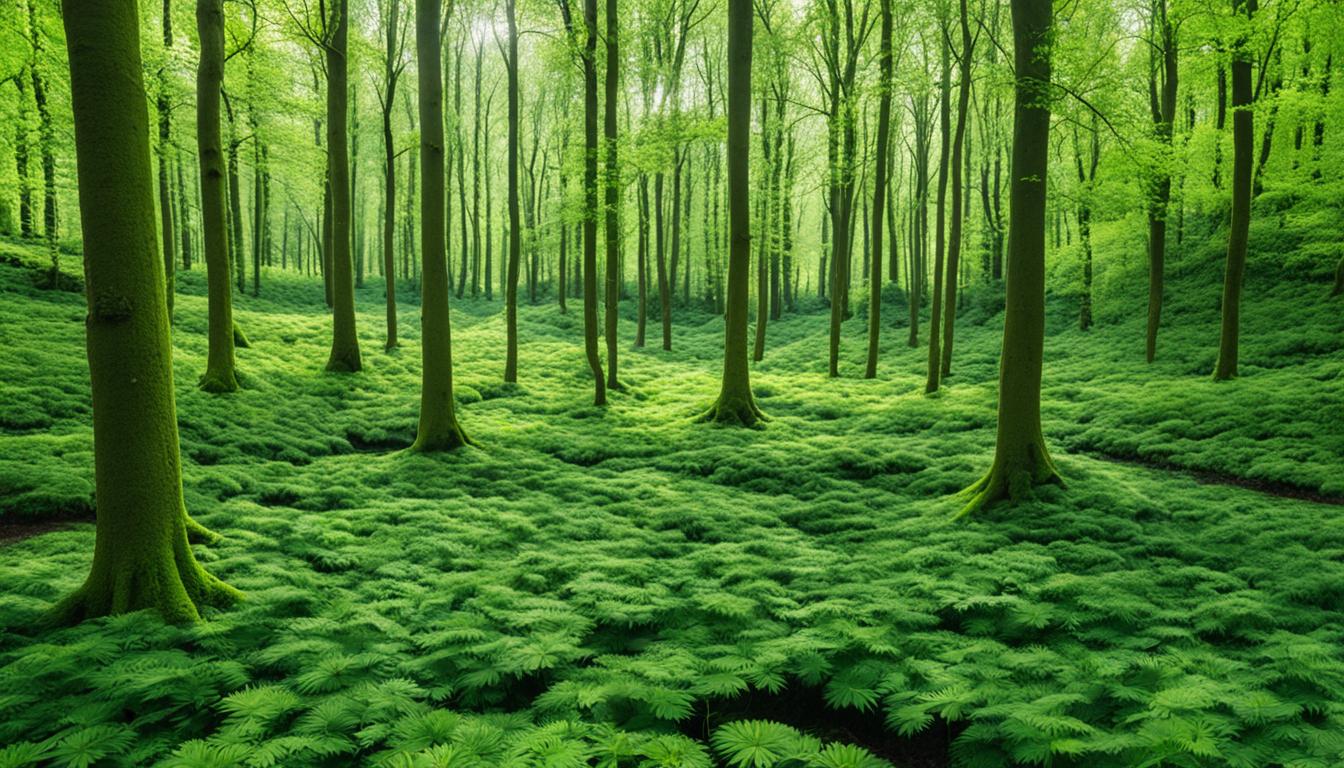New Zealand Sacred Natural Sites and Biodiversity
Did you know that New Zealand is home to numerous sacred natural sites that are integral to the nation’s efforts in biodiversity conservation and environmental protection? These sites, revered by the indigenous Maori people, hold deep cultural and spiritual significance while also serving as sanctuaries for rare and endangered species. The preservation of these sacred sites and the biodiversity they support is a delicate balance that New Zealand strives to maintain, integrating Maori conservation practices and traditional ecological knowledge with modern conservation initiatives.
Key Takeaways:
- New Zealand harbors sacred natural sites that play a pivotal role in biodiversity conservation and environmental protection.
- These sites have deep cultural and spiritual significance, while also serving as sanctuaries for rare and endangered species.
- The integration of Maori conservation practices and traditional ecological knowledge is crucial in the management and preservation of these sites.
- Eco-tourism ventures in Maori lands provide an opportunity to appreciate the cultural and natural heritage of New Zealand while supporting sacred site conservation.
- New Zealand’s conservation initiatives and collaboration with international organizations contribute to the preservation of its unique flora and fauna.
The Significance of Sacred Natural Sites in Biodiversity Conservation
Sacred natural sites play a vital role in biodiversity conservation, serving as sanctuaries for rare and endangered species. These sites have endured environmental degradation due to their integration into local cultures and traditional belief systems. The preservation of sacred natural sites contributes not only to biodiversity conservation but also to the cultural identity and well-being of local communities.
Indigenous communities, such as the Maori in New Zealand, hold valuable traditional ecological knowledge that enhances the sustainable management and preservation of these sites. Their deep connection to the land and intricate understanding of the web of life allows for the implementation of effective conservation strategies.
“Sacred natural sites are not just important because of the species they protect, but also because they hold cultural and spiritual significance for indigenous communities. The interplay between conservation and cultural preservation is essential for sustainable development and the well-being of both nature and people.”
By recognizing and conserving sacred natural sites, we can safeguard both the tangible and intangible values associated with these locations. This holistic approach to biodiversity conservation fosters harmony between humans and the natural world while nurturing cultural traditions and ancestral knowledge.
The Role of Sacred Natural Sites in Biodiversity Conservation
- Sanctuaries for rare and endangered species
- Protection from environmental degradation
- Preservation of cultural identity and well-being
Traditional Ecological Knowledge and Preservation
The traditional ecological knowledge held by indigenous communities, including the Maori, is invaluable for sustainable management and preservation efforts:
- Guides conservation strategies
- Promotes sustainable practices
- Enhances biodiversity preservation
Through the recognition and conservation of sacred natural sites, we can ensure the long-term protection of these unique ecosystems and the cultural heritage they embody.
Maori Conservation Practices and Indigenous Land Management in New Zealand
The Maori people have a deep connection to the land and have developed their own unique conservation practices and indigenous land management systems. These practices are rooted in the principles of kaitiakitanga (guardianship) and tikanga (customary practices). Traditional ecological knowledge, passed down through generations, guides the Maori in sustainable resource management and biodiversity conservation. These practices include sustainable harvesting, protection of sacred sites, and the establishment of rahui (temporary fishing or gathering bans) to allow ecosystems to recover. By integrating these practices into modern conservation efforts, New Zealand recognizes the importance of indigenous stewardship in preserving its natural heritage.
Maori conservation practices are deeply embedded in the cultural identity and traditions of the Maori people. These practices are based on a holistic understanding of the interconnectedness between humans and nature, recognizing that the well-being of the environment is intricately linked to the well-being of the people. The principles of kaitiakitanga and tikanga guide the Maori in their responsibilities as guardians of the land, ensuring sustainable management and the protection of biodiversity.
“We have a collective responsibility to protect and nurture our land, water, and natural resources for future generations.” – Te Whenua, Maori Elder
Traditional ecological knowledge plays a central role in Maori conservation practices. Passed down from generation to generation, this knowledge encompasses a deep understanding of the land, its ecosystems, and the behavior of flora and fauna. It includes traditional practices and rituals that ensure the sustainable use of natural resources and the preservation of biodiversity. The Maori rely on this ancestral knowledge to make informed decisions about land and resource management, drawing from the wisdom of their ancestors to maintain the delicate balance of the ecosystem.
One key aspect of Maori conservation practices is the protection of sacred sites. These sites hold immense cultural and spiritual significance to the Maori people, serving as important repositories of traditional knowledge and history. The Maori consider themselves kaitiaki, custodians of these sites, responsible for their preservation and well-being. Through the establishment of cultural protocols and restrictions, the Maori safeguard these sacred sites from harm, ensuring their integrity and continued cultural significance.
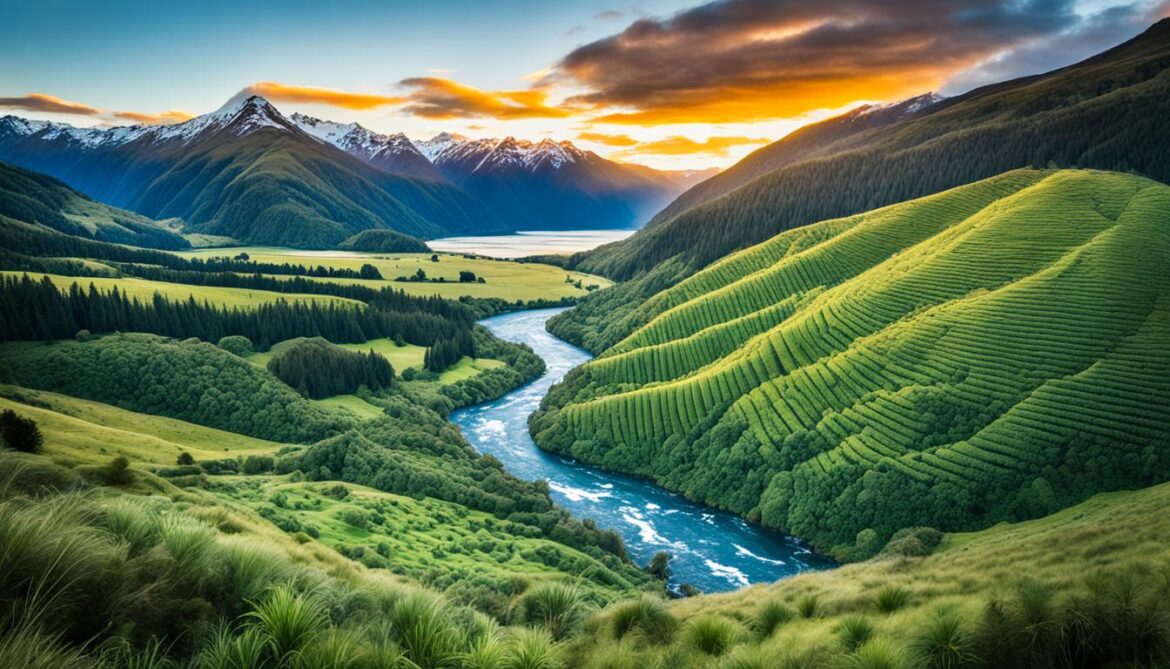
The Maori also employ the concept of rahui, a temporary fishing or gathering ban, to allow ecosystems to recover. By implementing rahui, the Maori acknowledge the need for resource management and the importance of allowing nature to regenerate. This practice reflects a deep respect for the natural world and the recognition that human activities can impact the delicate balance of ecosystems.
Incorporating Maori conservation practices and indigenous land management into modern conservation efforts is crucial for ensuring the sustainable management of natural resources in New Zealand. By respecting and valuing the traditional ecological knowledge of the Maori people, we can harness their wisdom to develop effective strategies that promote biodiversity conservation and protect the unique natural heritage of the country.
| Key Elements of Maori Conservation Practices | Benefits |
|---|---|
| Sustainable harvesting | Ensures the long-term viability of natural resources |
| Protection of sacred sites | Preserves cultural identity and spiritual significance |
| Rahui (temporary fishing or gathering bans) | Allows ecosystems to recover and regenerate |
| Traditional ecological knowledge | Informs sustainable resource management decisions |
Ecotourism and Cultural Preservation in Maori Lands
Discover the cultural and natural heritage of New Zealand through ecotourism in Maori lands. It’s an extraordinary opportunity to immerse yourself in the rich traditions and breathtaking landscapes of this unique destination. Under the guidance of knowledgeable locals, you can explore the significance of sacred natural sites and experience the Maori people’s deep connection to the land.
Ecotourism in Maori lands offers more than just a memorable vacation; it actively contributes to the preservation of these sacred sites and the transmission of traditional knowledge. By supporting sustainable tourism initiatives, you not only generate economic opportunities for local communities but also play a vital role in protecting New Zealand’s sacred natural sites.
When engaging in ecotourism, visitors can witness firsthand the remarkable biodiversity and delicate ecosystems that Maori lands have to offer. By highlighting the interdependence between cultural heritage and environmental preservation, ecotourism fosters a deeper appreciation for both. It allows tourists to experience the harmonious relationship between the Maori people and the natural world they are passionate about.
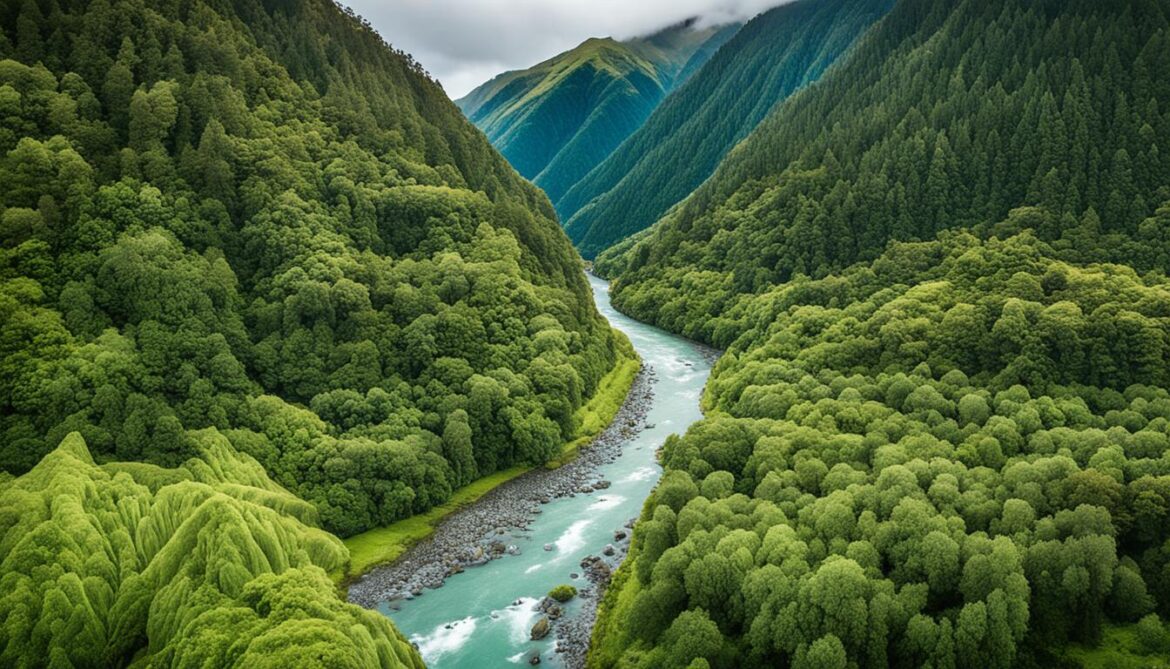
Preserving Sacred Sites and Traditional Knowledge
Ecotourism not only unveils the beauty of sacred natural sites but also facilitates the preservation of their cultural and spiritual significance. Through guided tours and cultural exchanges, visitors gain insights into the Maori people’s values, customs, and spiritual beliefs tied to these sites. This immersive experience fosters a greater understanding of the importance of biodiversity conservation in Maori culture.
“Ecotourism provides a platform for cultural preservation and raises awareness about the role of indigenous communities in sustainable environmental stewardship.” – Local Maori guide
By engaging with local communities and embracing their traditions, visitors contribute to the safeguarding of sacred sites. The economic benefits generated by ecotourism initiatives enable Maori communities to maintain their cultural heritage and protect the natural landscapes that embody their identity.
Transformative Experiences in Maori Lands
The wonders of ecotourism in Maori lands extend far beyond sightseeing. They offer transformative experiences that foster personal growth and a deeper appreciation for the natural world. Whether through guided hikes, cultural performances, or immersive workshops, visitors have the opportunity to connect with the land, its people, and their stories.
Through these experiences, visitors become advocates for the preservation of sacred sites and the rich biodiversity they support. By sharing their own stories and experiences, they contribute to the wider dissemination of Maori cultural traditions and encourage others to engage in sustainable, responsible tourism.
Embark on a journey of discovery, cultural exchange, and environmental conservation through ecotourism in Maori lands. Experience the beauty of New Zealand’s sacred natural sites while supporting the preservation of their cultural heritage. By choosing ecotourism, you can make a meaningful difference and leave a positive impact on the land, its people, and future generations.
Biodiversity Conservation Initiatives and Strategies in New Zealand
New Zealand is committed to protecting its biodiversity through various conservation initiatives. These efforts focus on the establishment of protected areas, active management of habitats, and collaboration with international organizations to address global challenges.
The Department of Conservation (DOC) plays a pivotal role in managing and safeguarding New Zealand’s natural resources. It oversees the management of protected areas, such as national parks, reserves, and marine reserves, ensuring the preservation of critical habitats for native flora and fauna. The DOC’s conservation programs aim to restore and maintain ecosystems, supporting the recovery of threatened species and promoting sustainable practices.
New Zealand recognizes the importance of international cooperation in biodiversity conservation. The country actively participates in international agreements and conventions, such as the Convention on Biological Diversity and the Ramsar Convention on Wetlands, to address global environmental issues. Through these collaborations, New Zealand contributes to the collective effort of protecting and managing biodiversity on a global scale.
| Conservation Initiatives | Description |
|---|---|
| National Parks | New Zealand has established 13 national parks, covering diverse ecosystems and providing habitats for a wide range of species. These protected areas serve as important wildlife refuges and offer opportunities for outdoor recreation and ecological research. |
| Reserves and Sanctuaries | In addition to national parks, New Zealand has designated numerous reserves and sanctuaries to protect specific habitats and species. These areas are managed to conserve biodiversity and provide educational and recreational opportunities. |
| Pest Control Programs | To mitigate the impact of invasive species, New Zealand has implemented extensive pest control programs. These initiatives aim to eradicate or manage introduced predators and pests, allowing native species to thrive and restore ecological balance. |
| Species Recovery Programs | New Zealand is actively involved in species recovery programs for endangered and threatened species. These programs include captive breeding, habitat restoration, and predator control efforts to increase the populations of at-risk species. |
By implementing these biodiversity conservation initiatives, New Zealand demonstrates its commitment to environmental protection in Aotearoa. The country’s holistic approach, combining protected areas management, pest control, species recovery, and international collaborations, ensures the long-term sustainability of its unique and diverse ecosystems.
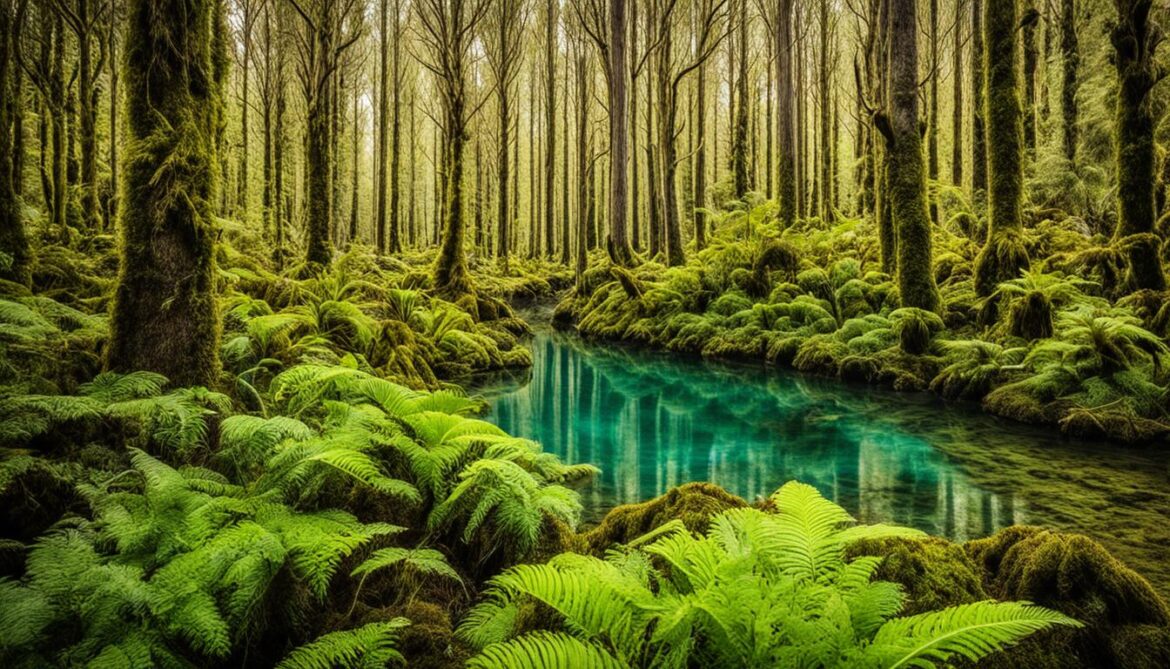
Cultural and Spiritual Beliefs in Maori Culture and their Connection to Nature
Nature holds deep cultural and spiritual significance in Maori culture. The interconnectedness of all living and non-living things is central to the Maori worldview. Whakapapa, the ancestral genealogy, describes the connections between people, the landscape, plants, and animals, emphasizing the kinship and interdependence between humans and biodiversity.
The concepts of mauri (life force), mana (authority/power), tapu (sacred and restricted customs), and wairua (spirit) are integral to Maori cultural and spiritual beliefs. These beliefs form the foundation of their connection to nature and the sacredness they attach to the natural world.
The Maori people, as tangata whenua (people of the land), see themselves as kaitiaki (guardians) responsible for preserving the sacredness and well-being of the natural world. This connection to nature goes beyond a mere appreciation of its beauty and resources. It encompasses a spiritual connection that recognizes the natural world as a living entity with its own inherent value and rights.
“We are not separate from the natural world; we are a part of it. We have a responsibility to care for the land, the rivers, the forests, and the animals. They are our kin, and we must treat them with respect and reverence.” – Te Rangimarie, Maori Elder
Through their cultural beliefs, the Maori people have developed a profound understanding of the spiritual significance of nature. The natural environment is not seen as something to be dominated or exploited but rather as a source of wisdom, guidance, and sustenance. This spiritual connection to nature informs their conservation practices and their commitment to preserving the sacredness of the natural world for future generations.
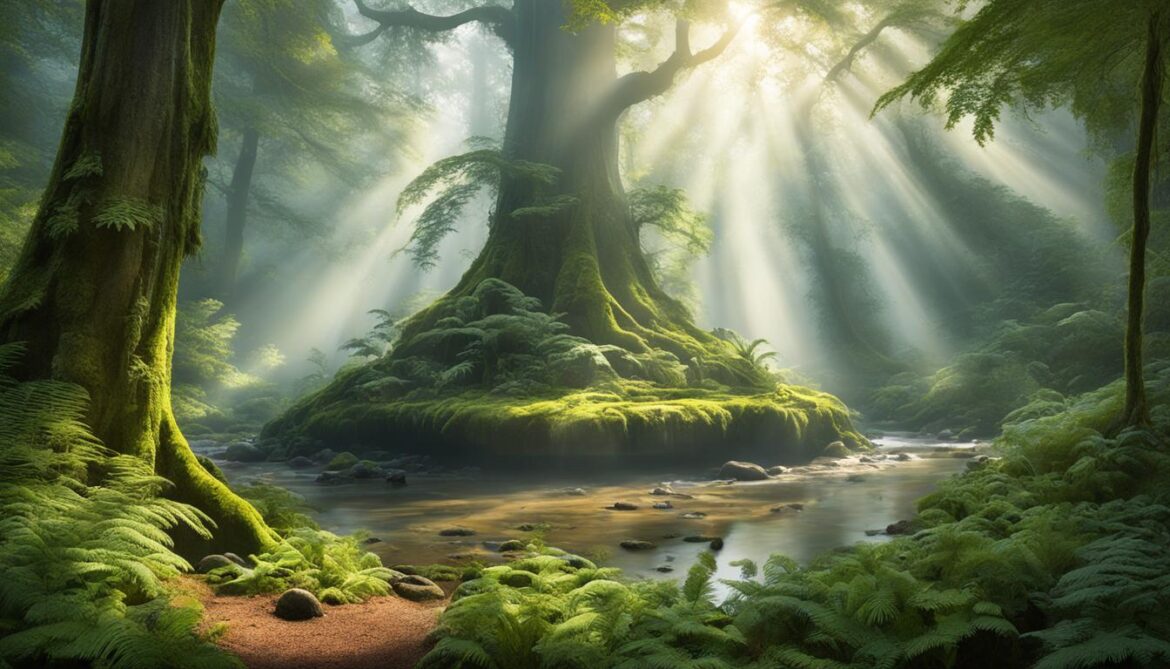
The Interconnectedness of All Things
In Maori culture, the belief in the interconnectedness of all things is fundamental. This interconnectedness is reflected in the concept of whakapapa, which acknowledges the genealogical connections between humans, plants, animals, and the land they inhabit. It recognizes that all living beings and natural elements are part of a larger web of life, each playing a unique and essential role in the balance and well-being of the whole.
This interconnectedness extends beyond the physical realm and encompasses the spiritual, cultural, and ancestral dimensions. It recognizes that humans are not separate from nature but are intricately woven into its fabric. The land, the rivers, the mountains, and the forests are not mere resources to be exploited but living entities with their own mauri and wairua. They are regarded as taonga (treasures) to be respected, protected, and cared for.
Sacredness and Guardianship
The concepts of tapu and mana are central to Maori cultural and spiritual beliefs. Tapu refers to the sacredness and restrictions associated with certain places, objects, or practices. It recognizes that some aspects of the natural world are deemed sacred and require careful observance and respect. Mana, on the other hand, refers to the authority, power, and prestige associated with individuals, groups, and natural elements.
These concepts underpin the role of the Maori people as kaitiaki, guardians of the land and its resources. They are entrusted with the responsibility of preserving the mauri and tapu of sacred natural sites, ensuring their protection and well-being. This guardianship extends to sustainable resource management practices, such as tikanga (customary practices) that guide the sustainable harvesting of plants and animals.
The spiritual significance of nature in Maori culture serves as a reminder of the interconnectedness between humans and the natural world. It underscores the responsibility of the Maori people to act as stewards and guardians of the environment, preserving its sacredness and ensuring the well-being of all living beings. By embracing their cultural and spiritual beliefs, the Maori people contribute to the conservation of biodiversity and the sustainability of the natural world.
Mātauranga Māori: Indigenous Knowledge in Environmental Management
Mātauranga Māori encompasses the ancestral knowledge and wisdom held by Maori. It forms the foundation for Maori perspectives on environmental management, planning, and policy development. Mātauranga Māori acknowledges the interconnectedness of ecosystems and the holistic relationships between people and nature. It provides valuable insights into sustainable management practices, incorporating concepts such as whakapapa, tikanga, and kaitiakitanga. Mātauranga Māori is essential for developing effective strategies that consider cultural, environmental, and social dimensions in environmental management.
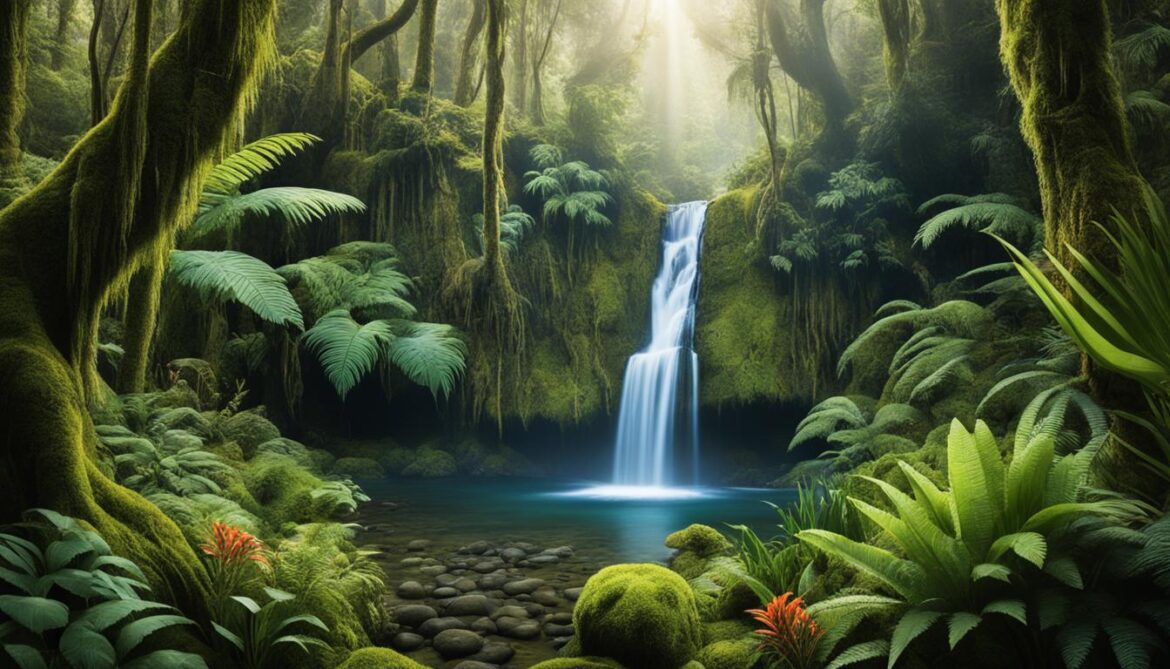
“Indigenous knowledge systems, such as Mātauranga Māori, offer unique perspectives on environmental management that complement Western scientific approaches. These knowledge systems have been developed over centuries and have proven their effectiveness in maintaining the delicate balance between human activities and the natural world. By integrating Mātauranga Māori into environmental management practices, we embrace a more holistic and sustainable approach that considers the cultural, environmental, and social dimensions of our actions.”
The Four Pillars of Mātauranga Māori
Mātauranga Māori is built on four essential pillars, each contributing to a comprehensive understanding of the environment and its management:
- Whakapapa: This pillar recognizes the interconnectedness and genealogical relationships between all elements of the natural world. It emphasizes the notion that humans are part of a wider ecological network and have a responsibility to protect and nurture the environment.
- Tikanga: Tikanga refers to the customs, protocols, and ethical frameworks that govern human interaction with the environment. It guides sustainable practices and ensures the preservation of cultural values in environmental management.
- Kaitiakitanga: Kaitiakitanga embodies the concept of guardianship and stewardship. It highlights the responsibility of individuals and communities to protect and care for the environment, ensuring its sustainability for future generations.
- Rangatiratanga: Rangatiratanga represents the autonomy and sovereignty of indigenous communities in managing their natural resources. It recognizes the rights of Māori to make decisions about their lands and waters, incorporating traditional knowledge and practices into environmental management.
By embracing and incorporating Mātauranga Māori, environmental managers and policymakers can develop more inclusive and effective strategies. These strategies not only address ecological concerns but also acknowledge the cultural heritage and values tied to the land. The integration of indigenous knowledge systems, such as Mātauranga Māori, allows us to move towards a more sustainable and harmonious coexistence with nature.
| Mātauranga Māori | Western Scientific Approach |
|---|---|
| Emphasizes interconnectedness and holistic relationships | Focuses on cause-and-effect relationships and reductionist approaches |
| Considers the spiritual and cultural significance of the environment | Focuses primarily on ecological and economic factors |
| Guided by traditional knowledge and wisdom | Relies on empirical data and experimentation |
| Embraces a long-term perspective | Often takes a short-term approach |
Māori Land: Unique Ownership and Cultural Significance
Māori land ownership in New Zealand is distinct from other forms of land ownership due to its communal nature and unique legislation. Unlike individual land ownership, Māori land is collectively owned by whānau (extended families), hapū (sub-tribes), or iwi (tribes), reflecting the strong sense of community and interconnectedness within Māori culture.
Māori land holds deep spiritual significance and cultural value for the Māori people. It is seen as the physical embodiment of their ancestral ties and collective identity, carrying the stories, traditions, and values passed down through generations. The connection to the land is integral to Māori identity and plays a crucial role in the preservation and transmission of cultural knowledge.
However, historical factors such as land sales and limited access to capital have affected the development and utilization of Māori land. Dispossession and loss of land during colonisation disrupted traditional land management practices and hindered the ability of Māori landowners to fully realize the potential of their land.
Māori Land Uses and Values
Māori land use encompasses a range of activities that align with both productive ventures in primary industries and practices rooted in cultural values. While primary industries such as agriculture, forestry, and horticulture are prominent uses of Māori land, Māori landowners also engage in activities that reflect their cultural values and connections to the land.
“Māori land is not just a source of economic sustenance, but a place where traditions are preserved, and spiritual connections are nurtured.”
Hunting and fishing, gathering of native plants and herbs for medicinal purposes, and cultural ceremonies are examples of practices deeply intertwined with the cultural values and spiritual significance of the land. These activities ensure the continuity of cultural traditions, strengthen collective identity, and contribute to the overall well-being of Māori communities.
Maintaining connections to the land and preserving cultural traditions are key aspirations for Māori landowners. By integrating economic development with cultural values, Māori landowners strive to strike a balance that ensures the sustainability of the land and its resources for future generations.
Preserving the Legacy
Māori land, with its unique ownership structure and cultural significance, requires a considered approach that acknowledges and respects its communal nature and spiritual importance. Efforts are being made to strengthen the governance and management of Māori land, empowering local communities to make decisions that align with their cultural values and aspirations.
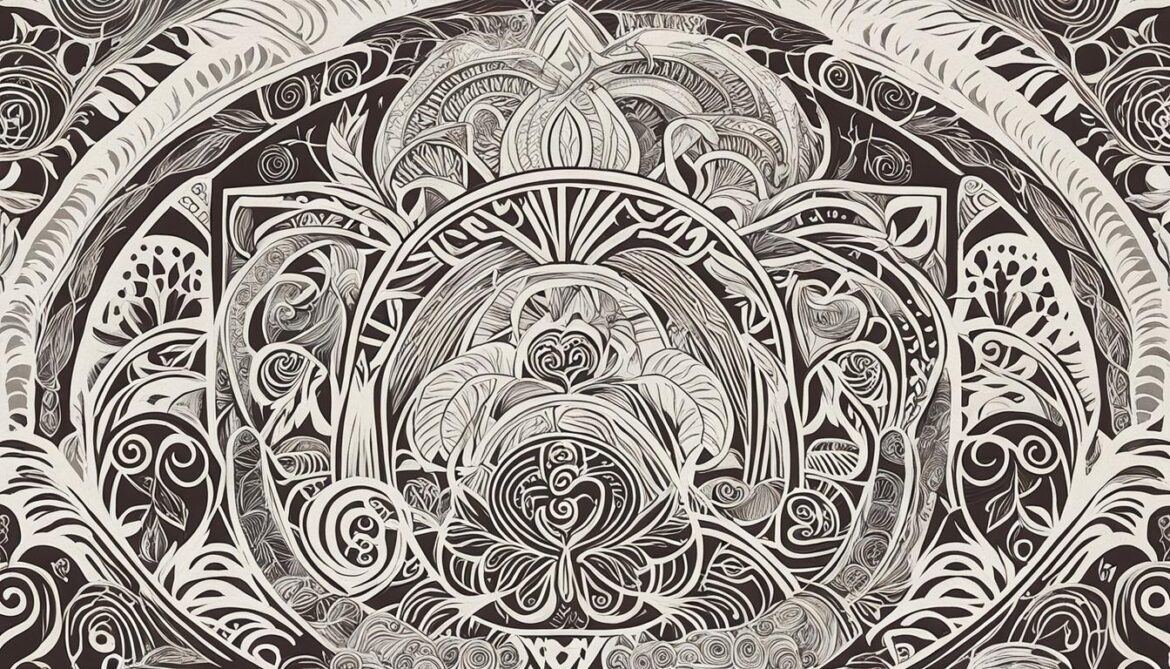
The image above represents the rich tapestry of Māori land ownership and values, showcasing the diverse relationships between Māori communities and their land.
Māori landowners and iwi authorities collaborate with government agencies, such as the Māori Land Court and the Ministry for Primary Industries, to develop strategies that support sustainable land use, economic development, and cultural preservation. These strategies aim to empower Māori landowners, restore land titles, foster community development, and ensure the perpetuation of Māori culture and values through the responsible stewardship of the land.
Māori land carries the hopes and dreams of past, present, and future generations. By recognizing its unique ownership and cultural significance, New Zealand is taking steps towards a more inclusive and equitable land management system that upholds the rights and aspirations of the Māori people while promoting sustainable practices and preserving cultural heritage.
Treaty of Waitangi: Indigenous Rights and Biodiversity Protection
The Treaty of Waitangi, signed between the British Crown and Māori chiefs in 1840, guarantees Māori rights to the lands, forests, and resources they collectively or individually possess. This historic agreement acknowledges the importance of Indigenous rights and aims to address historical grievances. The Treaty settlements process seeks to rectify past injustices and restore Māori involvement in governance and decision-making processes, including those related to biodiversity conservation.
These settlements have opened the door to collaborative approaches to conservation, blending western science with Māori knowledge and perspectives. Recognizing the significance of Māori cultural practices and traditional ecological knowledge, the Treaty of Waitangi serves as a foundation for equitable and inclusive biodiversity conservation efforts in New Zealand.
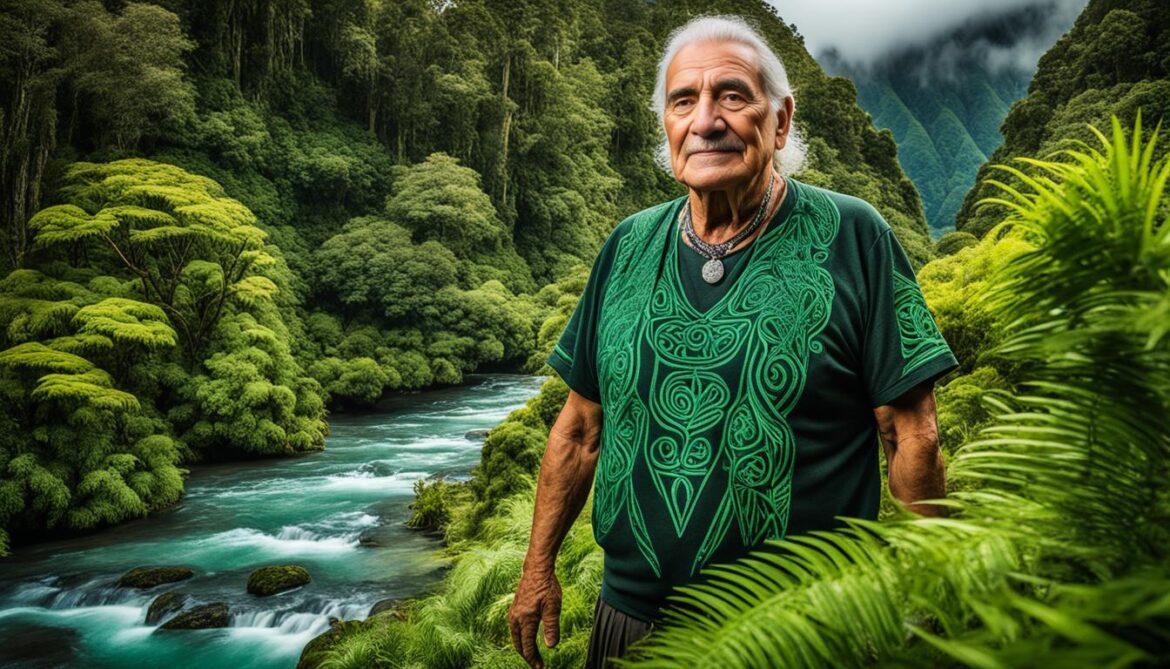
This image showcases the rich biodiversity that New Zealand strives to protect through the Treaty of Waitangi and other conservation strategies.
“The Treaty of Waitangi recognizes the special status of Māori as the original inhabitants of Aotearoa/New Zealand and gives them a voice in environmental decision-making. It is crucial for promoting a holistic and sustainable approach to biodiversity conservation while respecting Indigenous rights.”
Māori Guardianship and Biodiversity Preservation
Under the Treaty of Waitangi, Māori are acknowledged as kaitiaki, or guardians, of the land and its resources. This custodial role extends to the protection of biodiversity, ensuring the sustainable management of natural ecosystems and safeguarding the interconnectedness between people and nature.
- The Treaty settlements process recognizes the cultural significance of Māori in managing and protecting ancestral lands, which are often rich in biodiversity. Through their intimate connection to the natural world, Māori contribute valuable traditional ecological knowledge to conservation efforts.
- The blending of western science with Māori perspectives allows for a more comprehensive understanding of ecosystems and the development of effective strategies to address the ongoing threats to biodiversity.
- Incorporating Māori guidance and participation in environmental decision-making ensures that Indigenous rights are respected, fostering a sense of ownership and responsibility for the stewardship of New Zealand’s natural heritage.
Collaborative Conservation Efforts
Recognizing the importance of the Treaty of Waitangi, New Zealand’s conservation initiatives prioritize collaboration and partnership with Māori communities. Together, they work towards maintaining and restoring the country’s biodiversity.
“Incorporating Māori values and knowledge into conservation practices not only benefits the environment but also strengthens cultural identity and revitalizes traditional practices. It is a win-win situation for both Māori and the preservation of New Zealand’s unique ecosystems.”
Collaborative conservation efforts include:
- Joint management agreements: These agreements enable Māori to actively participate in decision-making processes regarding the conservation of natural resources and the management of protected areas.
- Iwi and hapū-led initiatives: Māori tribes and sub-tribes, known as iwi and hapū, respectively, implement their own conservation projects that align with their cultural values and aspirations, promoting sustainability and biodiversity protection.
- Traditional ecological knowledge integration: Māori contribute their traditional knowledge of land management, including biodiversity conservation practices, to inform and enhance conservation strategies and policies.
Benefits of Treaty of Waitangi Recognition in Biodiversity Conservation
| Benefits | Description |
|---|---|
| Equitable decision-making | Māori involvement ensures that environmental decisions prioritize both cultural values and biodiversity preservation. |
| Holistic approaches | The blending of Māori knowledge and Western science allows for a more comprehensive and integrated understanding of ecosystems. |
| Cultural revitalization | Māori participation in conservation efforts strengthens cultural identity and renews traditional practices. |
| Environmental sustainability | Collaborative efforts between Māori and non-Māori promote long-term sustainability and the preservation of New Zealand’s unique biodiversity. |
By recognizing and upholding the principles of the Treaty of Waitangi, New Zealand promotes inclusive and sustainable biodiversity conservation. This collaboration between Indigenous rights and environmental protection ensures that the country’s natural heritage is preserved for future generations.
Conclusion
New Zealand’s sacred natural sites and the preservation of biodiversity are integral to the nation’s environmental protection efforts. Maori conservation practices, rooted in traditional ecological knowledge and cultural values, contribute to the management and stewardship of these sacred sites. By integrating Mātauranga Māori and indigenous land management strategies, New Zealand promotes sustainable practices that consider the interconnectedness of ecosystems and foster cultural preservation.
Ecotourism ventures in Maori lands provide visitors with unique opportunities to appreciate the cultural and natural heritage of New Zealand while also supporting the conservation of sacred sites. These initiatives create economic opportunities for local communities and contribute to the transmission of traditional knowledge.
Through various biodiversity conservation initiatives and the recognition of indigenous rights, New Zealand emphasizes its commitment to equitable and inclusive conservation efforts. The Treaty of Waitangi serves as a foundation for collaborative approaches that blend western science with Maori knowledge and perspectives. By valuing the interconnectedness between people and nature, New Zealand strives to ensure the preservation and sustainability of its sacred natural sites and biodiversity for future generations.



